Integration with E-commerce Platforms
The Premium Messaging Market is experiencing a notable integration with e-commerce platforms, which is reshaping how businesses communicate with customers. As online shopping continues to grow, the need for effective messaging solutions that facilitate order confirmations, shipping updates, and customer support becomes increasingly critical. Recent statistics indicate that over 70% of consumers prefer receiving updates via messaging rather than email. This preference is driving e-commerce businesses to adopt premium messaging solutions that enhance customer engagement and streamline communication. By integrating messaging capabilities into their platforms, companies in the Premium Messaging Market can provide timely and relevant information, ultimately improving customer satisfaction and driving sales.
Growing Emphasis on Customer Experience
In the Premium Messaging Market, there is a growing emphasis on customer experience as a key driver of market growth. Businesses are increasingly aware that effective communication can significantly influence customer satisfaction and loyalty. As a result, companies are investing in premium messaging solutions that offer personalized interactions and timely responses. Data suggests that organizations that prioritize customer experience can achieve up to 60% higher profitability. This trend is prompting the Premium Messaging Market to innovate and provide tools that facilitate seamless communication, such as chatbots and automated responses. By enhancing customer experience through premium messaging, businesses can differentiate themselves in a crowded marketplace and foster long-term relationships with their clientele.
Adoption of Rich Communication Services (RCS)
The Premium Messaging Market is witnessing a significant adoption of Rich Communication Services (RCS), which enhances traditional SMS capabilities. RCS allows businesses to send rich media content, such as images and videos, directly to consumers, thereby creating a more engaging experience. According to recent data, RCS adoption is expected to reach over 1 billion users by the end of 2025, indicating a strong shift towards more interactive messaging solutions. This transition is particularly appealing to brands aiming to improve customer interaction and retention. As RCS becomes more prevalent, the Premium Messaging Market is likely to see increased investment in technology and infrastructure to support these advanced messaging capabilities, ultimately benefiting both businesses and consumers.
Technological Advancements in Messaging Solutions
Technological advancements play a crucial role in shaping the Premium Messaging Market. Innovations such as artificial intelligence, machine learning, and cloud computing are transforming how messaging solutions are developed and deployed. These technologies enable businesses to offer more sophisticated features, such as predictive text, automated responses, and enhanced security measures. As organizations increasingly rely on data-driven insights, the Premium Messaging Market is likely to see a rise in demand for solutions that leverage these technologies to improve efficiency and user experience. Furthermore, the integration of advanced analytics allows businesses to better understand customer preferences and behaviors, leading to more targeted messaging strategies and improved engagement.
Rising Demand for Enhanced Communication Solutions
The Premium Messaging Market experiences a notable surge in demand for enhanced communication solutions. As businesses increasingly seek to improve customer engagement, the need for reliable and efficient messaging platforms becomes paramount. This trend is evidenced by the projected growth rate of approximately 20% annually, driven by the necessity for real-time communication. Companies are recognizing that traditional messaging methods may not suffice in meeting the expectations of tech-savvy consumers. Consequently, the Premium Messaging Market is evolving to offer advanced features such as multimedia messaging, read receipts, and delivery confirmations, which are essential for fostering effective communication. This shift not only enhances user experience but also positions businesses to maintain a competitive edge in a rapidly changing digital landscape.
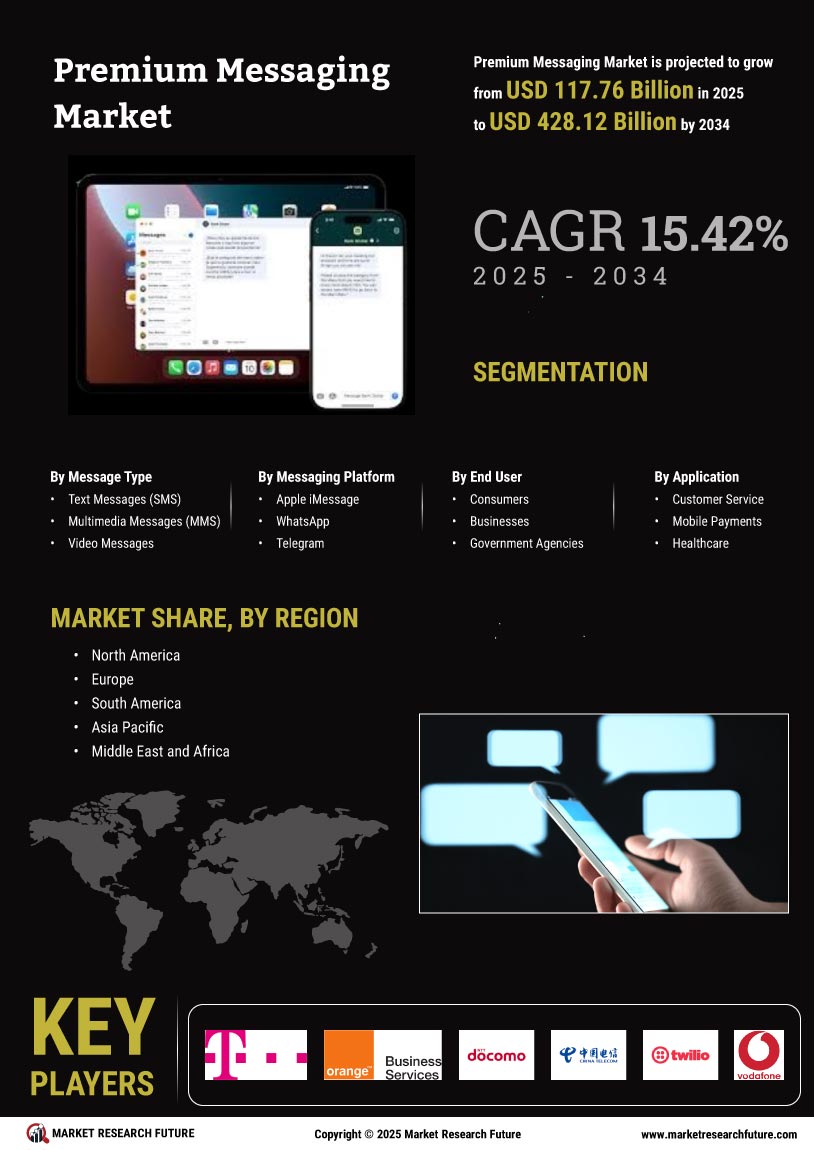

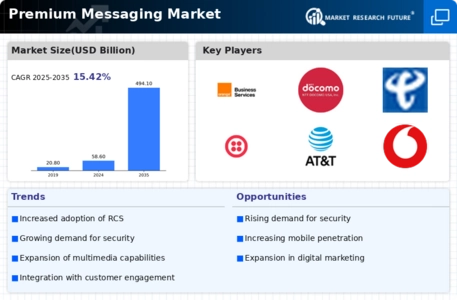
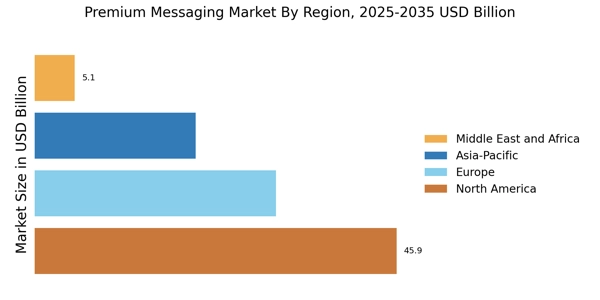

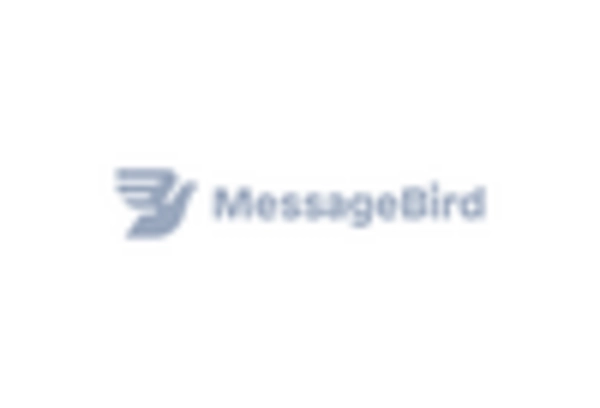
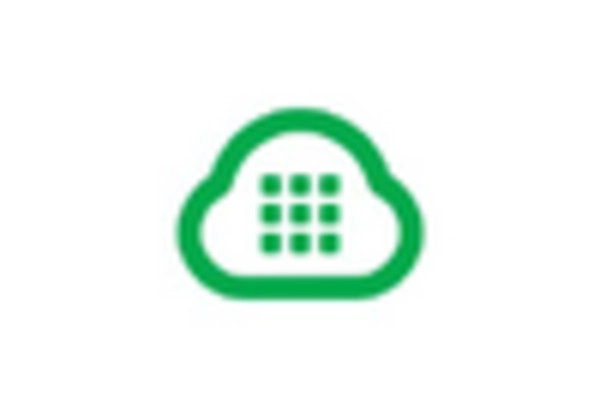
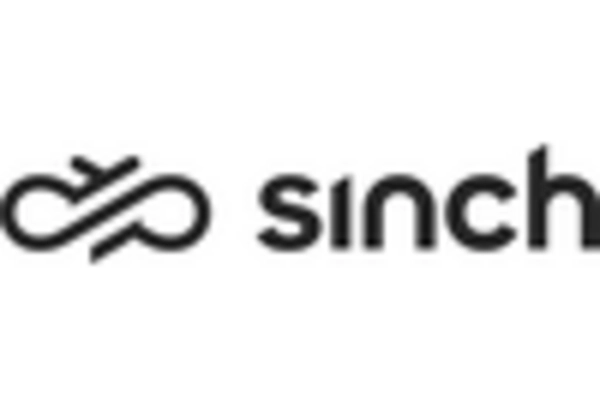
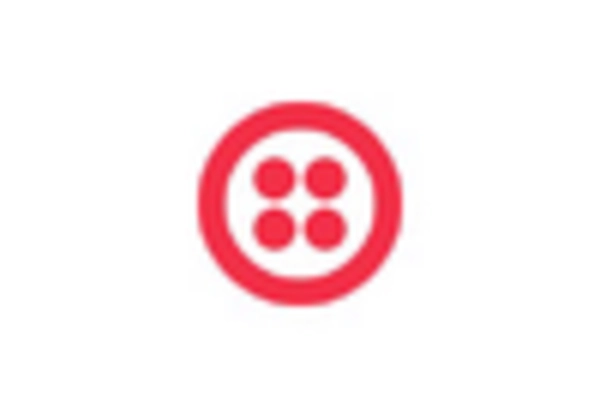
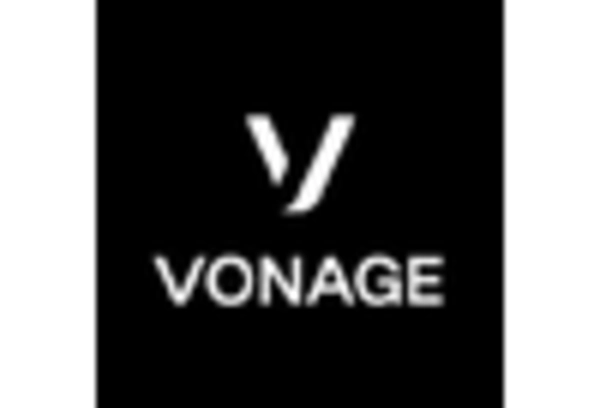








Leave a Comment